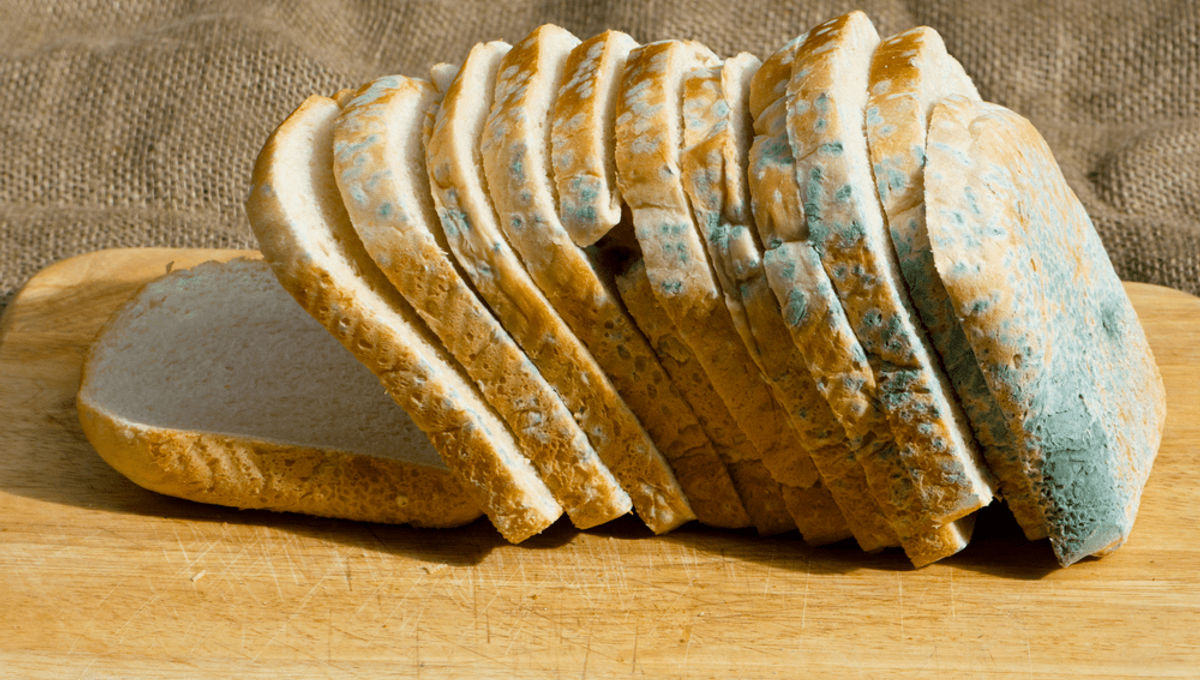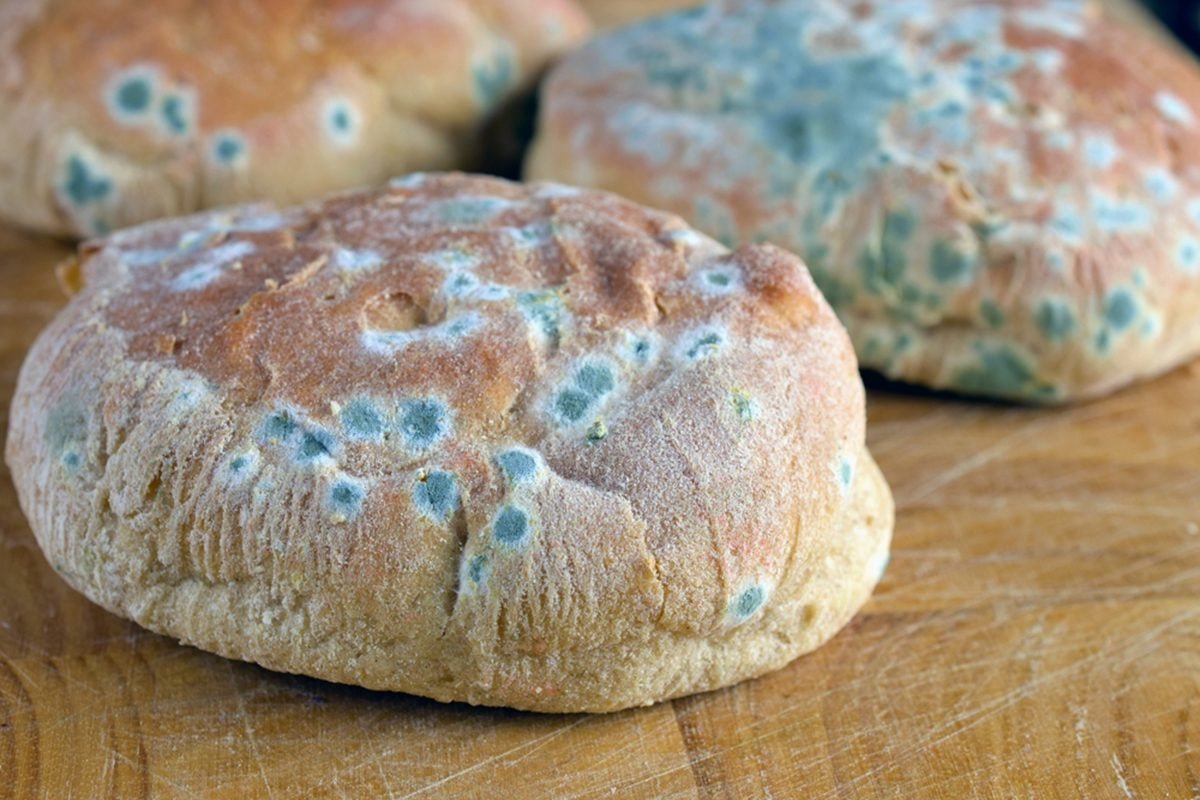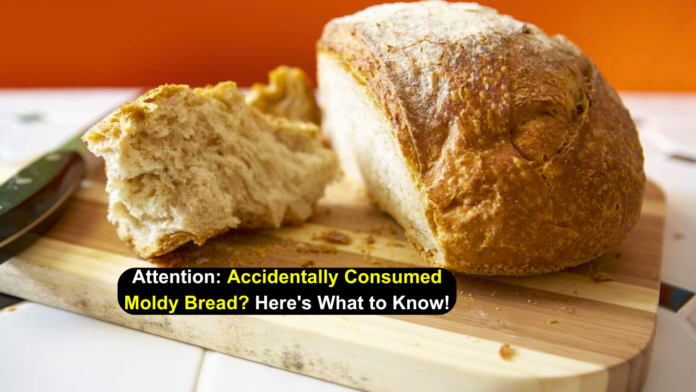The Unintentional Encounter
In the hustle and bustle of daily life, moments of oversight can occur, leading to unexpected encounters with moldy bread. It’s a scenario many have faced: rushing to prepare a quick sandwich, only to realize too late that the loaf harbors an unwelcome guest in the form of greenish fuzz. Despite our best efforts at vigilance, accidental consumption of moldy bread can happen to anyone.
But what exactly occurs within your body when you unwittingly ingest this uninvited guest? Let’s delve into the intricacies of mold, its potential health implications, and the measures one can take to mitigate risks.
The Intricacies of Mold
“Mold is something you want to avoid,” asserts Dr. Christopher Scuderi, a reputable family physician based in Jacksonville, Florida. Mold, comprised of microscopic fungi, thrives on various surfaces, including food items like bread. While some molds are harmless, others can pose significant health risks, lurking beneath the surface undetectable to the human eye.
According to the U.S. Department of Agriculture, molds are a diverse group of fungi, with potentially hundreds of thousands of different types. They typically grow on plant or animal matter and can be transmitted by air, water, or insects. While some molds are visible, such as the green fuzz on bread, others may go unnoticed, making their presence all the more insidious.

Assessing the Risk
In most cases, ingesting a small amount of mold is unlikely to cause harm. Dr. Christine Lee, a distinguished gastroenterologist at the Cleveland Clinic, emphasizes that for individuals with robust immune systems, a mere accidental bite of moldy bread is generally harmless. However, certain factors can elevate the risk, particularly for those with compromised immune systems or underlying medical conditions.
“If it’s just a bite, aside from the ick factor, it shouldn’t be harmful, as long as you have an intact immune system,” explains Dr. Lee. However, individuals with medical conditions that compromise their immune system or those taking immune-suppressing medications may be more susceptible to the adverse effects of mold exposure.
Potential Health Implications
While the risk of illness from ingesting moldy bread is generally low, it’s essential to be aware of potential health implications, especially for vulnerable populations. Individuals with mold allergies or compromised immune systems face heightened risks. Mold exposure can trigger allergic reactions, respiratory issues, or even lead to ingestion of mycotoxins, poisonous substances produced by certain molds.
“Some molds can cause allergic reactions and respiratory problems,” warns Dr. Scuderi. “And some molds produce mycotoxins, which are poisonous substances that can make people sick.”
Identifying the specific type of mycotoxin present remains a challenge without laboratory analysis. Consequently, it’s challenging to determine the potential severity of health effects resulting from mold exposure. Moreover, consuming excess amounts of mold or experiencing repeated exposure could increase the likelihood of adverse health effects.
“It just depends on what type of mycotoxin that the mold would produce,” explains Dr. Scuderi. “Some are very benign. Some can be quite harmful. The problem is there’s no way really to tell without a lab.”

Mitigating Measures
Despite the low risk, taking precautions is prudent, especially in the aftermath of accidental mold exposure. Dr. Scuderi recommends hydrating well and diluting any potential toxins by drinking plenty of water. This can help flush out any allergens or toxins from the mold, reducing the risk of adverse health effects.
Vigilance in storing bread is also crucial. Porous foods like bread can harbor mold beneath the surface, making it unsafe to consume even if only small visible patches are present. “Go buy another loaf,” suggests Dr. Scuderi. “It’s difficult to quantify the individual risk because of the variables of someone’s immune system and the type of mycotoxin produced by the mold.”
According to the USDA, proper storage of bread is essential to prevent mold growth. Bread should be stored in a dry place, as mold thrives in moisture. Commercially baked bread can be stored at room temperature for two to four days or in the refrigerator for seven to 14 days. Alternatively, bread can be frozen for up to three months to prolong its shelf life.
Related Video:
Conclusion
Accidental consumption of moldy bread may induce a moment of discomfort, but for most individuals, it poses minimal health risks. Understanding the variables at play, including individual immunity and mold types, empowers individuals to navigate such situations with informed caution.
By adopting preventive measures and remaining vigilant in food storage practices, one can minimize the likelihood of adverse health effects associated with mold exposure. While the risk of illness from moldy bread is generally low, it’s essential to be aware of potential health implications, particularly for vulnerable populations.
In conclusion, while moldy bread should undoubtedly be avoided, a single accidental bite is unlikely to cause significant harm for individuals with healthy immune systems. However, taking precautions and being aware of potential risks is crucial to ensure the safety and well-being of all consumers.
Also Read:

